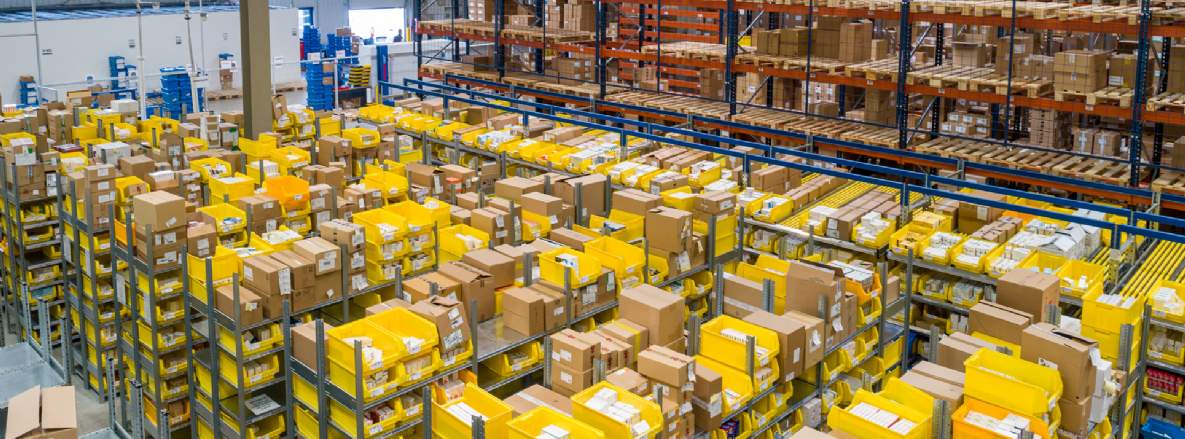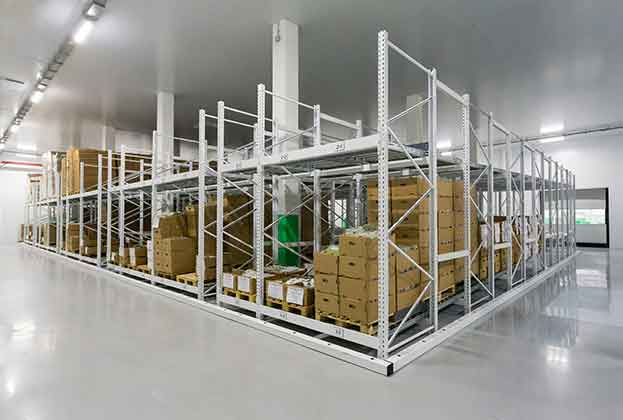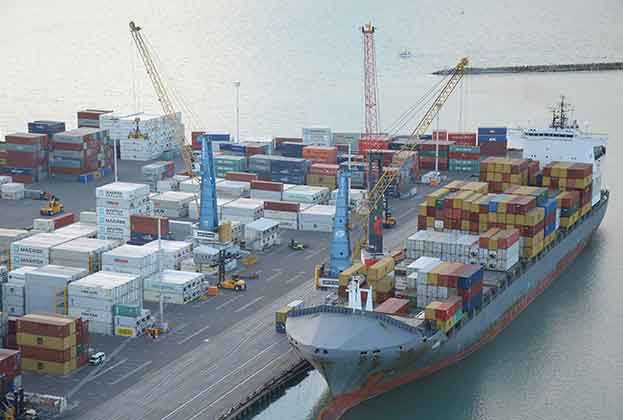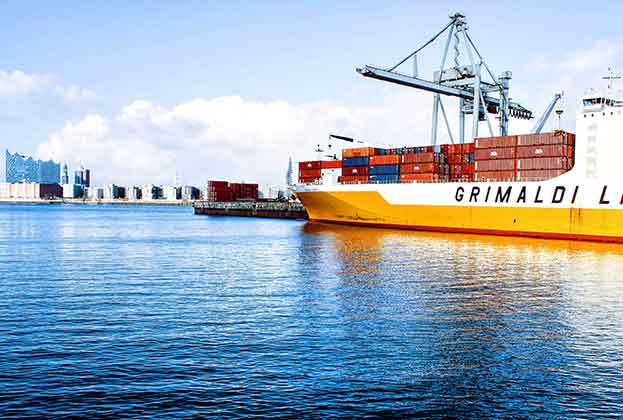As we approach the halfway point of 2023 and the logistics industry gathers in Barcelona for the annual Shedmasters conference, it’s an opportune moment to take stock and consider where the market is heading for the remainder of the year.
Casting minds back to early 2022, the key topics of discussion at Shedmasters were around how strong and severe the gathering headwinds, in both the occupational and investment markets, were set to be. As the last twelve months have unfolded it has become increasingly clear that rising inflation and continued global political issues are not resolving themselves as quickly as many had initially hoped.
Consequently, this is having an impact on all aspects of the logistics market as occupiers consider their future plans for expansion and investors question their strategies. This in turn has had a knock-on effect on take-up levels and investment volumes.
Indeed, across Europe take-up levels have fallen back from where they were during Covid-19 and are now broadly in line with the pre-pandemic average of 7.3 million sq m per quarter. However, as things stand, we are not seeing any meaningful increases in supply or vacancy, which currently sits at 3.5 per cent across the continent. While we expect vacancy to rise we are not expecting a surge in line with the aftermath of the Global Financial Crisis (GFC) where, in the UK, vacancy surged to almost 25 per cent.
This, combined with lower levels of speculative development, suggests that supply will remain tight in many European markets, which in turn will continue to drive rental growth.
As economic data continues to be volatile it’s likely that take-up levels, on a quarterly basis, will follow suit. It’s, however, worth pointing out that a number of important structural drivers remain in place that will translate into demand over the next decade.
One such driver is the continued growth of online retail. As we know, many retailers are struggling with falling demand in the midst of a consumer downturn, yet if we take a longer-term view, forecasts from Statista show that that online retail penetration is expected to reach 19 per cent across Europe by 2027, up from 9 per cent in 2017. What’s more, many Western European countries are expected to exceed this figure meaning that the need for additional warehouse space will continue to grow as the decade progresses.
We also expect the noise around nearshoring and reshoring to translate into actual transactions as corporates look to de-risk their supply chains and return some elements of production closer to target markets. In the UK we’re already seeing evidence of this phenomenon as manufacturing related take-up rose to 11.5 million sq ft in 2022, the highest level ever recorded.
Similar to the USA, we also expect countries in Europe to create policies which actively promote the production of semiconductors on the continent. Should these policies be successful there will be a ripple effect into the traditional warehouse market as suppliers and customers look to co-locate and benefit from economies of scale.
Overall, the fundamentals of the logistics sector remain largely unchanged in the medium- to long-term, although, as economic data continues to surprise on the downside and rate setters continue to move base rates outward, it’s likely that both occupational and capital markets will remain in a state of flux for now.


.jpg)





.jpg)

.jpg)